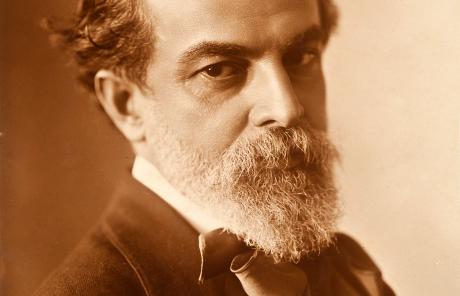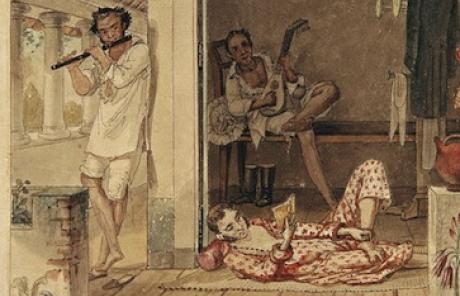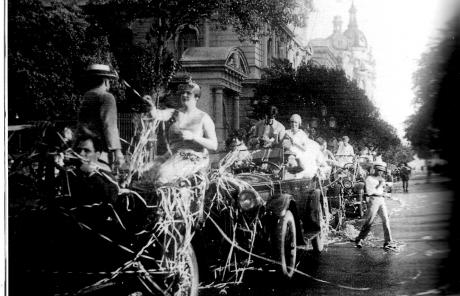The Brazilian tango is an ill-defined genre. A comparison, for example, between tangos by Ernesto Nazareth, Eduardo Souto (“O Despertar da Montanha”, “Do Sorriso da Mulher Nasceram as Flores”) and Henrique Alves de Mesquita ("Ali Baba") reveal different characteristics. Fortunately Nazareth gave us a valuable insight into their tangos in conversation reproduced by Brasilio Itiberê in his essay "Ernesto Nazareth in Brazilian Music":
"Once my friend Oscar Rocha, music lover and folklorist, a great specialist in the life and work of Ernesto Nazareth, asked the latter how he had composed his tangos in a such variety of rythms. Nazareth said simply that he had heard the polkas and lundus by Viriato, Callado, Paulino Sacramento and had wanted to transpose for the piano the rhythm of these polkas-lundus."
This proves that Nazareth’s tangos inherit their rhythm from the polka-lundu. In the late 19th century, the term “choro” had not yet been established, and Nazareth simply adopted the word tango to classify the pieces that are nowadays known as “choros”.By the way, the first “chorões” played “choros” – a term they have invented – imagining they were playing polkas. The same word tango has been also employed by Chiquinha Gonzaga and several of her contemporaries to name maxixes, considered a derogatory term. Respecting Nazareth’ choice, his tangos should not be named differently nowadays.




